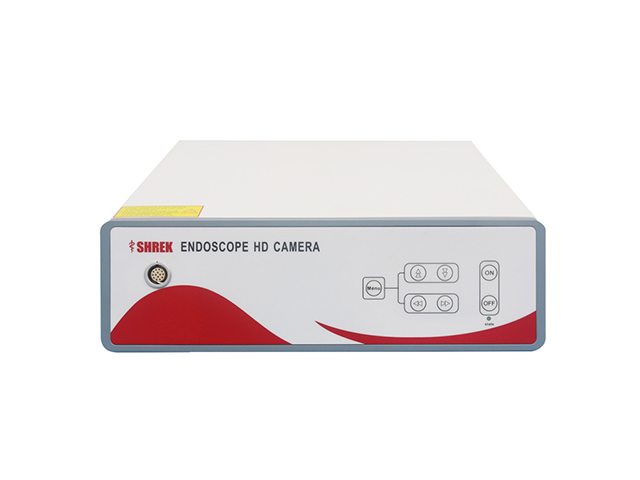SHREK NEWS
Hysteroscopy methods and normal uterine cavity images
Hysteroscopy is a minimally invasive surgical procedure that allows a doctor to examine the inside of the uterus using a hysteroscope, which is a thin, flexible tube with a camera and light at the end. There are two main methods of hysteroscopy: diagnostic and operative.
Diagnostic Hysteroscopy:
Office Hysteroscopy: This is usually done in an outpatient setting, and the doctor will insert a small hysteroscope through the cervix into the uterus. It is performed using local anesthesia, and the patient can go home the same day.
Operative Hysteroscopy: This method is used for both diagnostic and therapeutic purposes. It is usually done under general anesthesia, and the doctor will use a hysteroscope to diagnose and treat uterine problems such as polyps, fibroids, adhesions, or abnormal bleeding.
Normal Uterine Cavity Images:
During hysteroscopy, the doctor will examine the inside of the uterus and look for any abnormalities. The normal uterine cavity should appear smooth and pink, with no visible masses, polyps, or fibroids. The endometrial lining should be thin and uniform. The fallopian tube openings, known as ostia, should be visible and free of any blockages.
The following are some of the normal uterine cavity images that can be seen during hysteroscopy:
Endometrium: The endometrium should be uniform, and the thickness can vary depending on the menstrual cycle.
Fundus: The fundus is the upper part of the uterus, and it should be smooth and free of any abnormalities.
Cornua: The cornua are the upper part of the uterus where the fallopian tubes enter, and they should be visible and free of any blockages.
Ostia: The ostia are the openings of the fallopian tubes, and they should be visible and free of any obstructions.
Cervix: The cervix should be normal in appearance, and there should be no evidence of any abnormal growth or mass.
In summary, hysteroscopy is a minimally invasive procedure that allows doctors to examine the inside of the uterus using a hysteroscope. The normal uterine cavity should appear smooth and pink, with no visible masses, polyps, or fibroids, and the endometrial lining should be thin and uniform.




